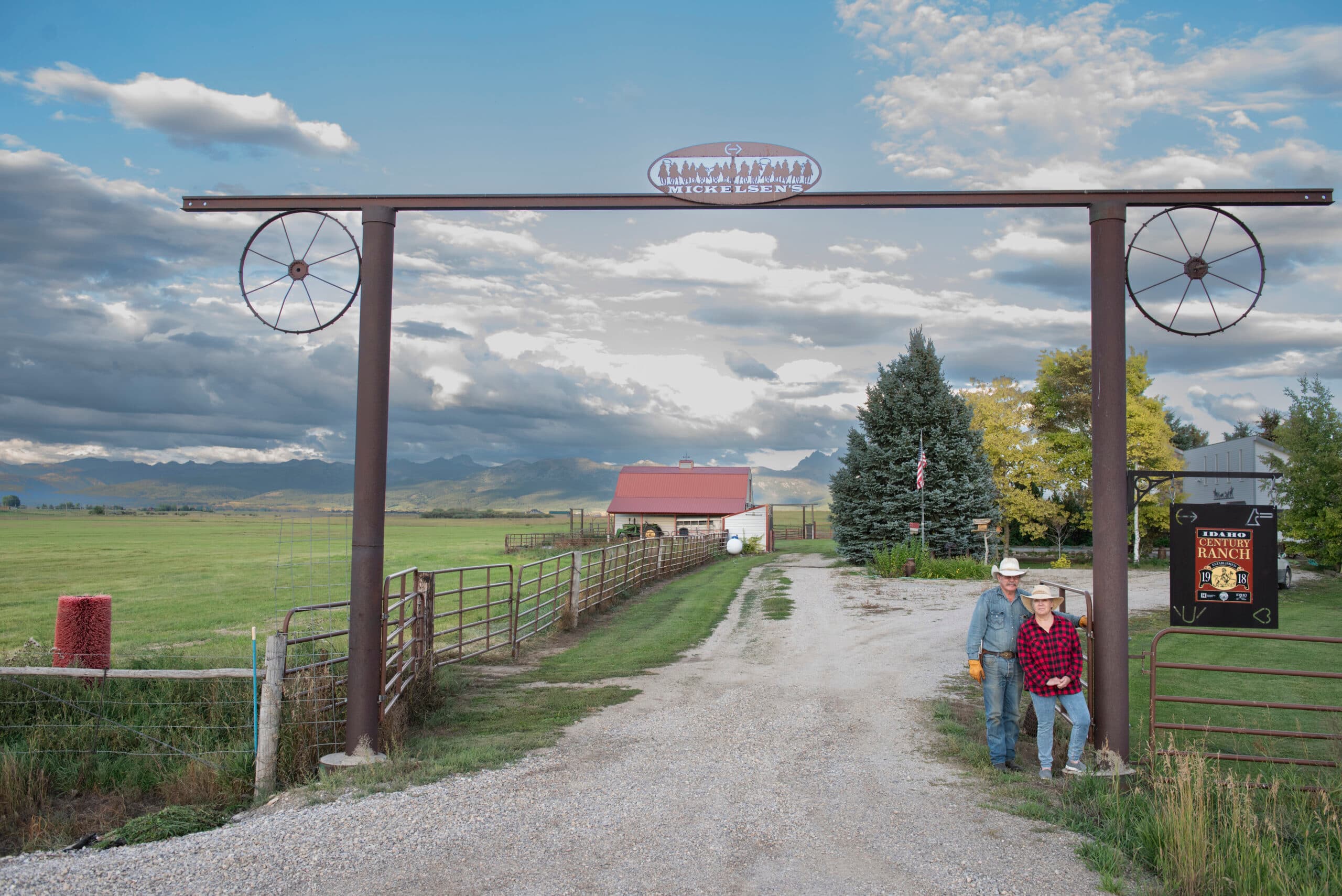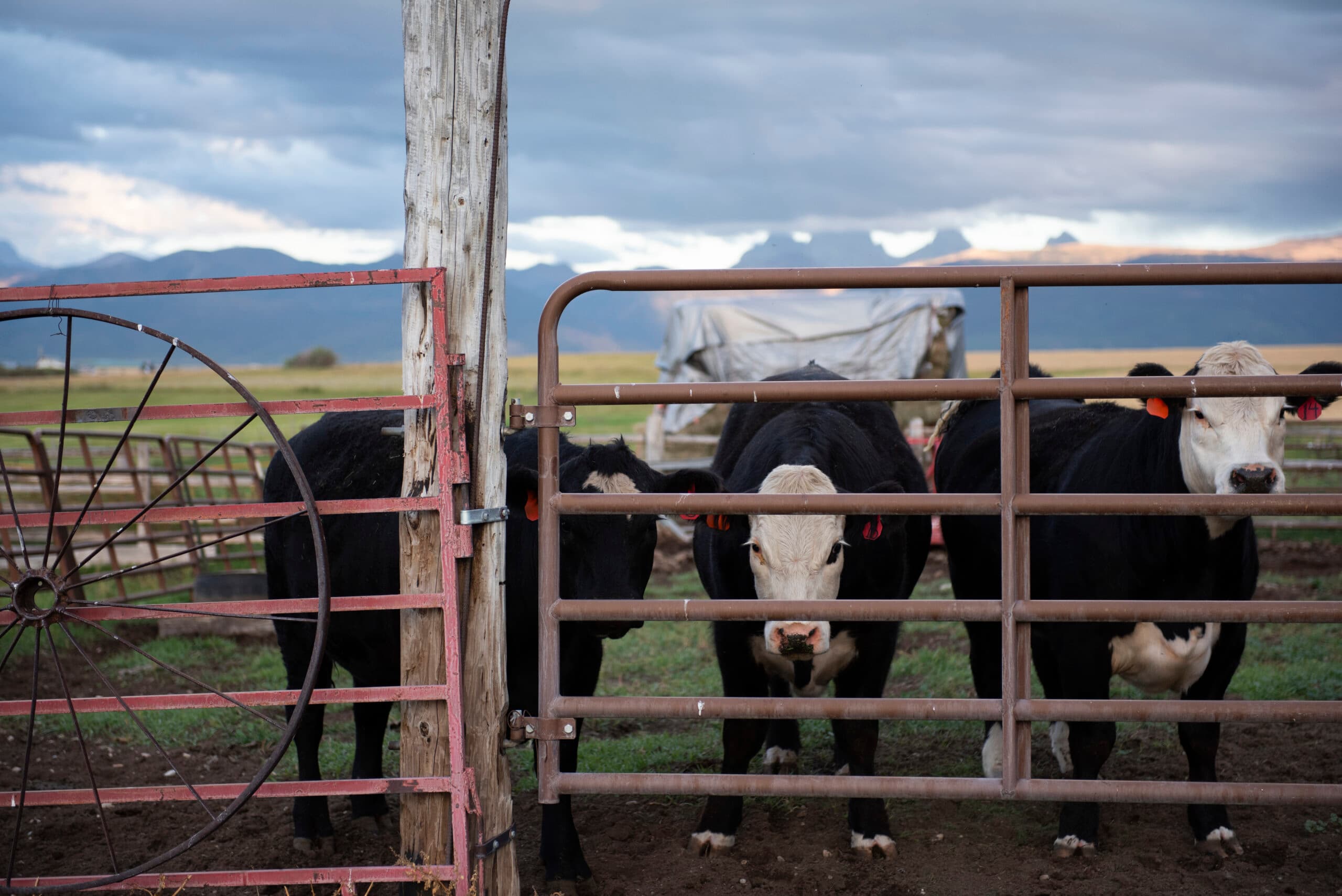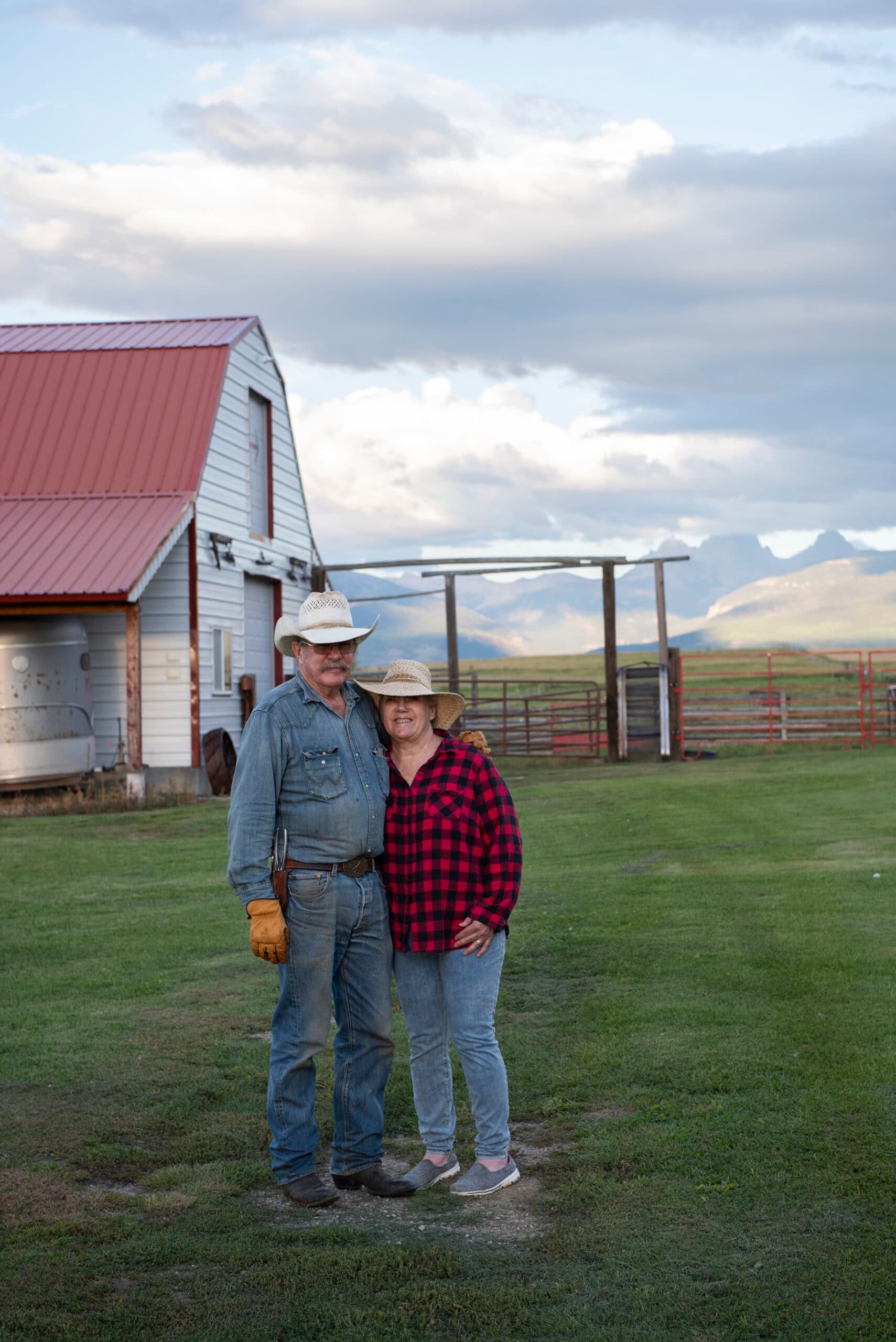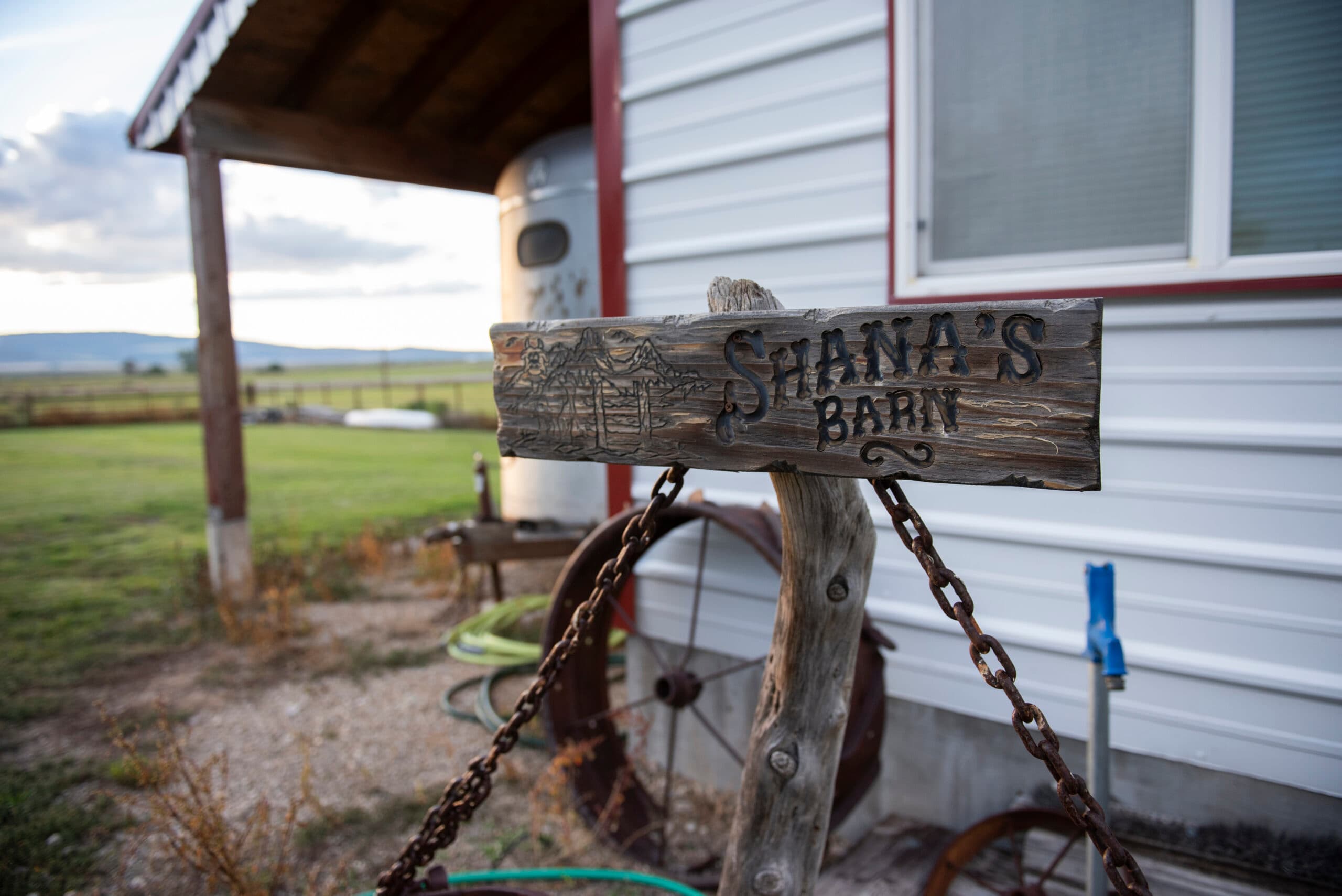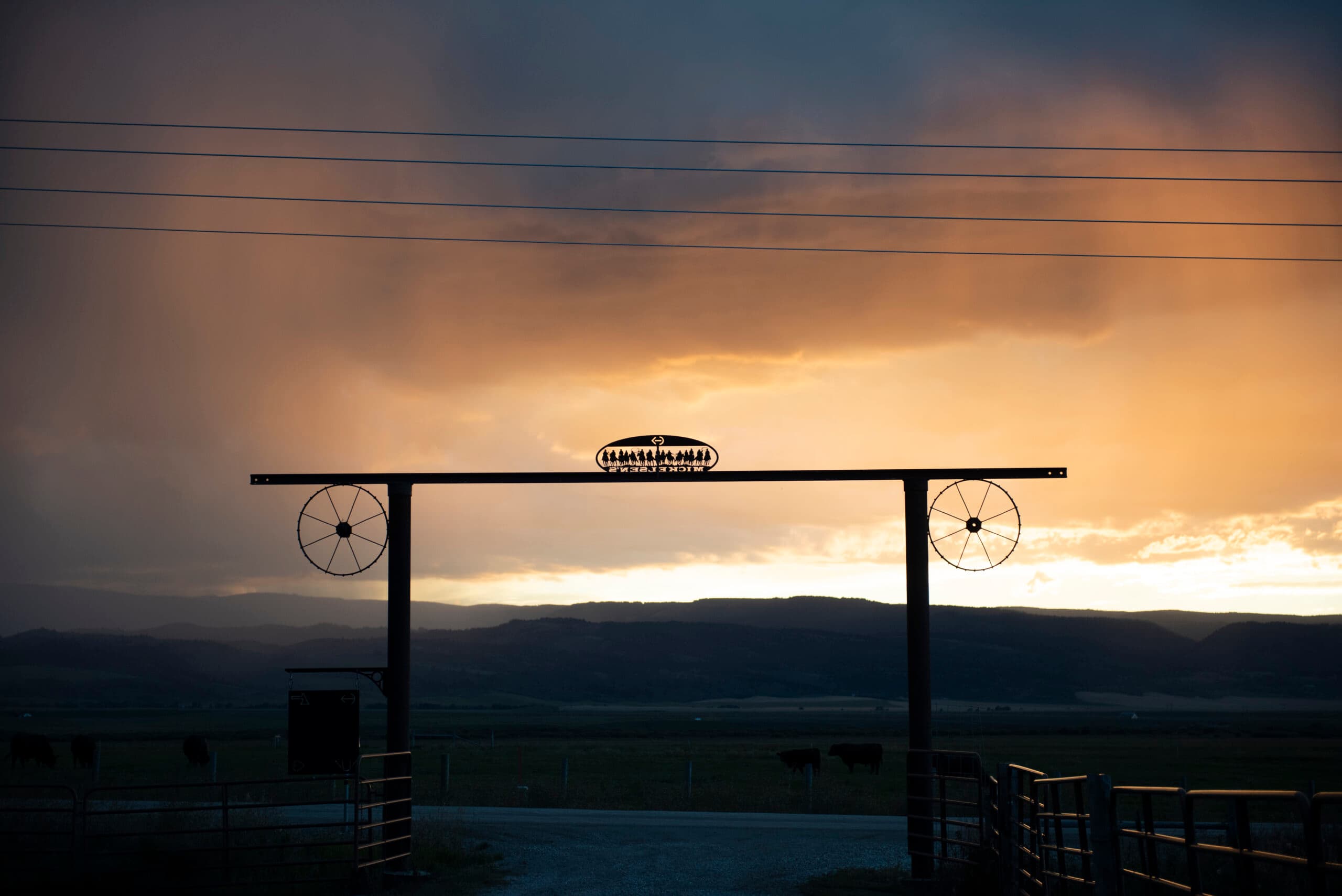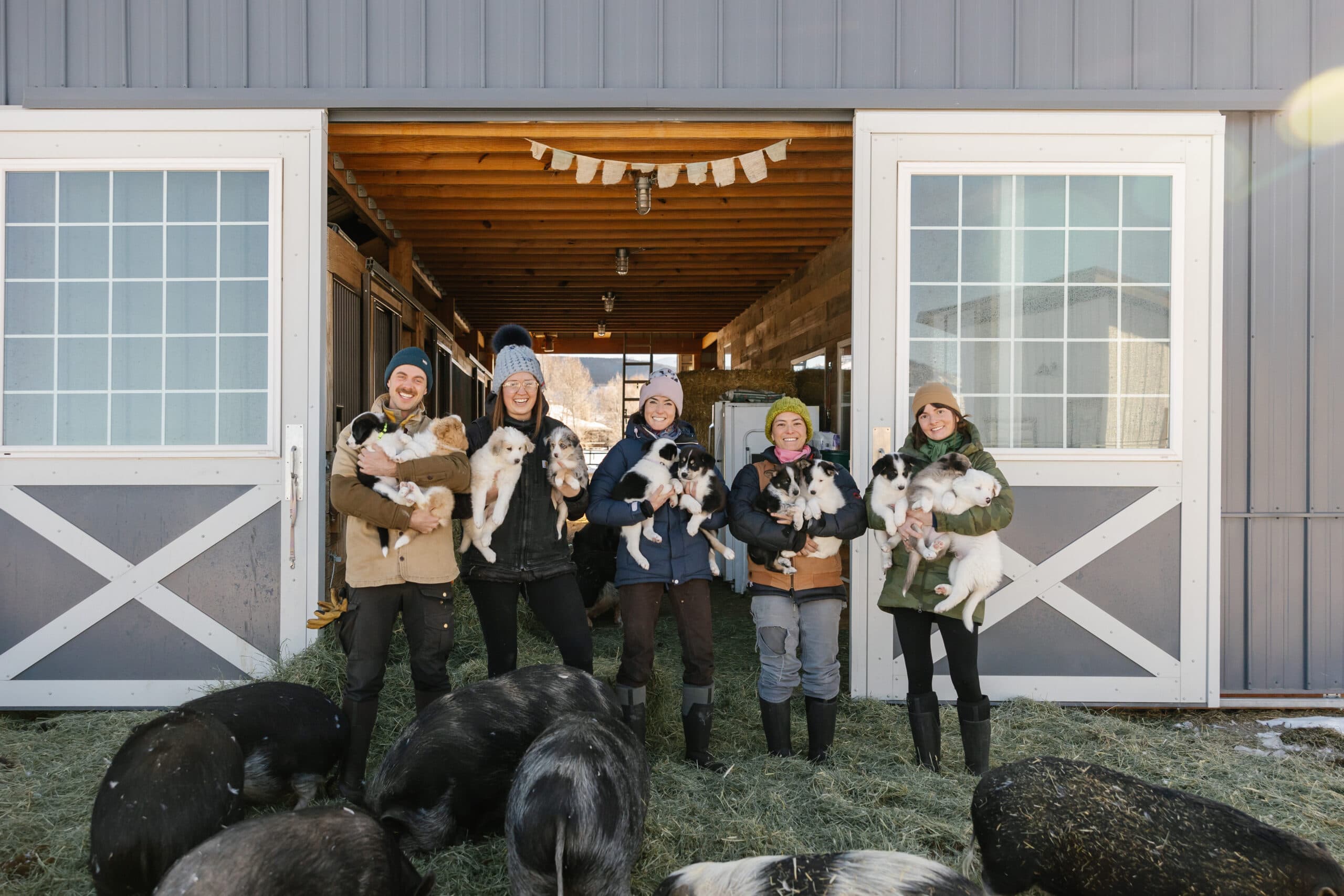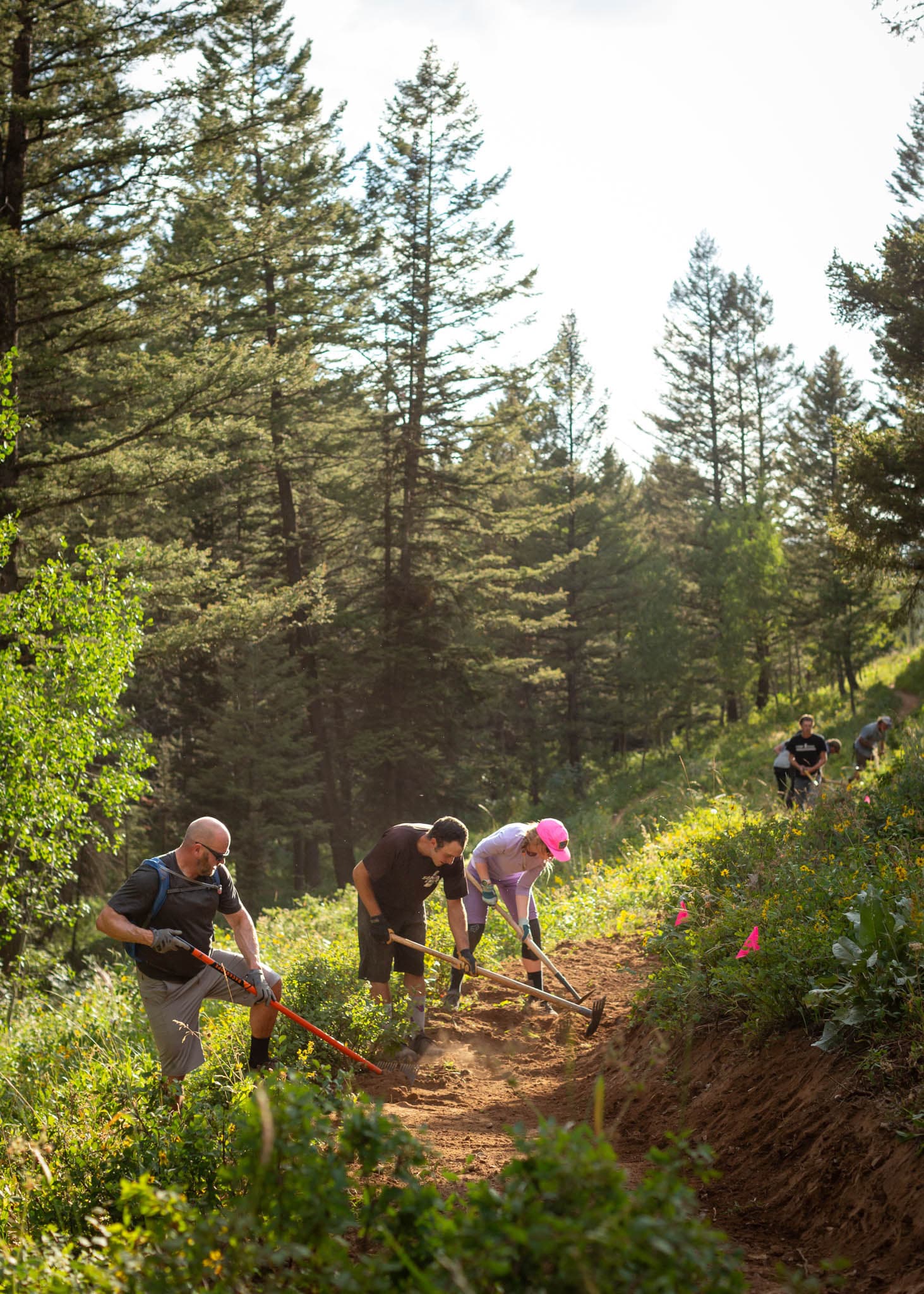Legacy of the Land
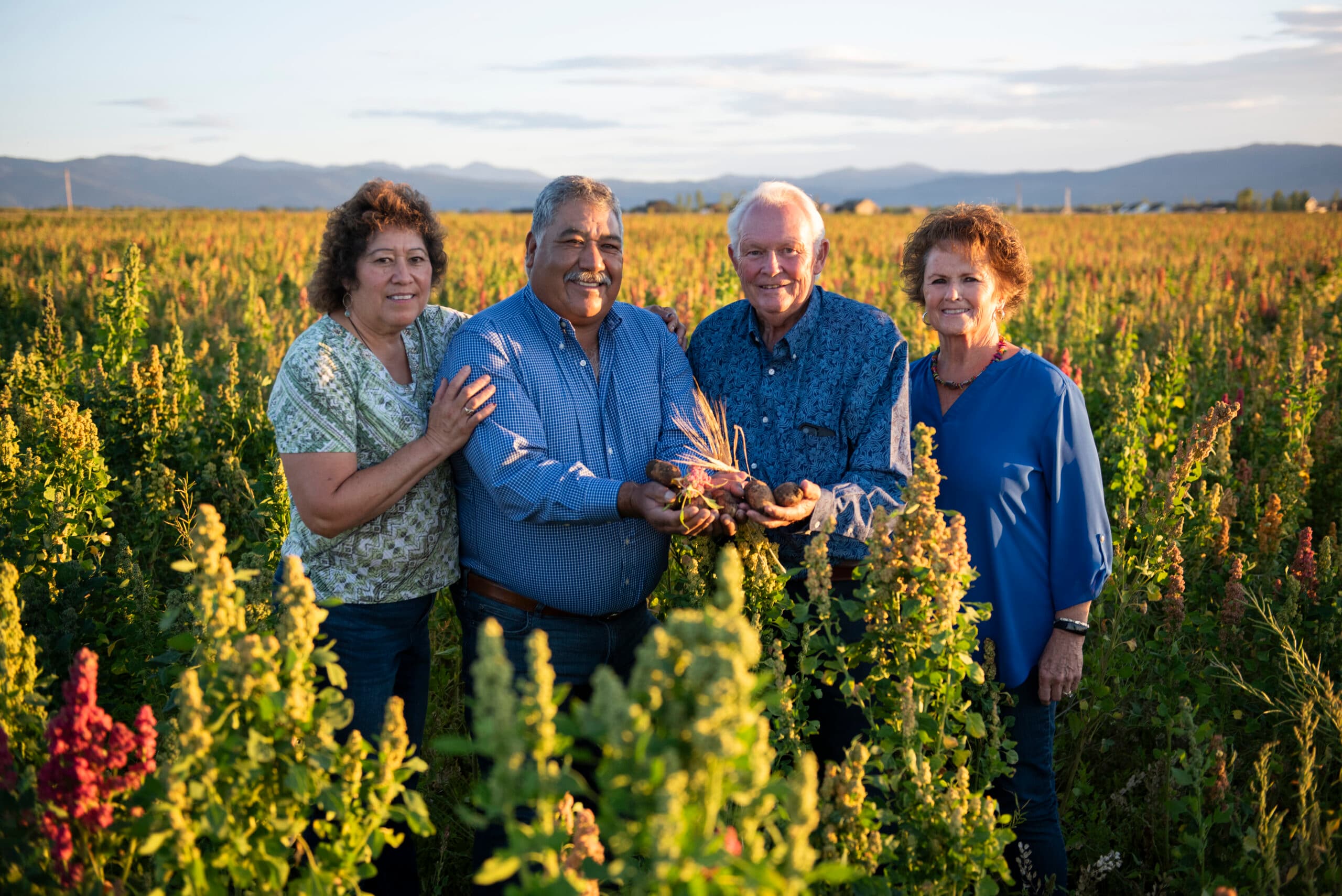
Celebrating families maintained working relationships with the land for more than a century
Teton Valley has deep roots in agriculture. For decades, the open lands and pastoral foothills have supported acres and acres of potatoes, wheat, barley, and hay, or been grazed by herds of cattle and sheep—a contrasting complement to the towering peaks that surround the basin, beckoning locals and visitors alike to explore the many trails and slopes. From Tetonia to Victor, farmers and ranchers have found ways to stay fruitful amidst decades of development.
And it’s no small feat. In the latest agricultural census, Idaho reported a loss of nearly 150,000 acres of farmland between 2017 and 2022. But while the landscapes and demographic makeup of the area are changing, some local families continue in the ways of their ancestors, having worked the same land for more than a hundred years.
To honor this legacy, the Idaho State Department of Agriculture and the Idaho State Historical Society created the Idaho Century Farm and Ranch program. This program recognizes the “importance and extraordinary contributions of Idaho’s farming and ranching pioneers by honoring those families who have farmed or ranched the same land their ancestors did one hundred years ago, and at least forty acres of the original parcel of land is still maintained as part of the present holding.” During the past thirty-four years, more than four hundred and fifty farms and ranches statewide have been designated Idaho Century Farms or Ranches by the two agencies. Nine of them are within Teton County.
Photographer Camrin Dengel captured images of three of these mainstay farms and ranches whose owners work the land, just as their forebears did.
Established: 1921
Original farmers: Virgil Penfold
Current farmers: Paris & Janet Penfold
Lineage: Paris is the great-grandson of Virgil Penfold. Paris’ son Wyatt works alongside his parents today.
“Change is the only thing that is constant,” says Paris and Janet. “If you are not ready to adapt and change directions when needed, you will not be a consistent generational operation. The hard part is teaching the next generation that if they are not innovative and willing to be involved, they may be the last generation [on the farm].”

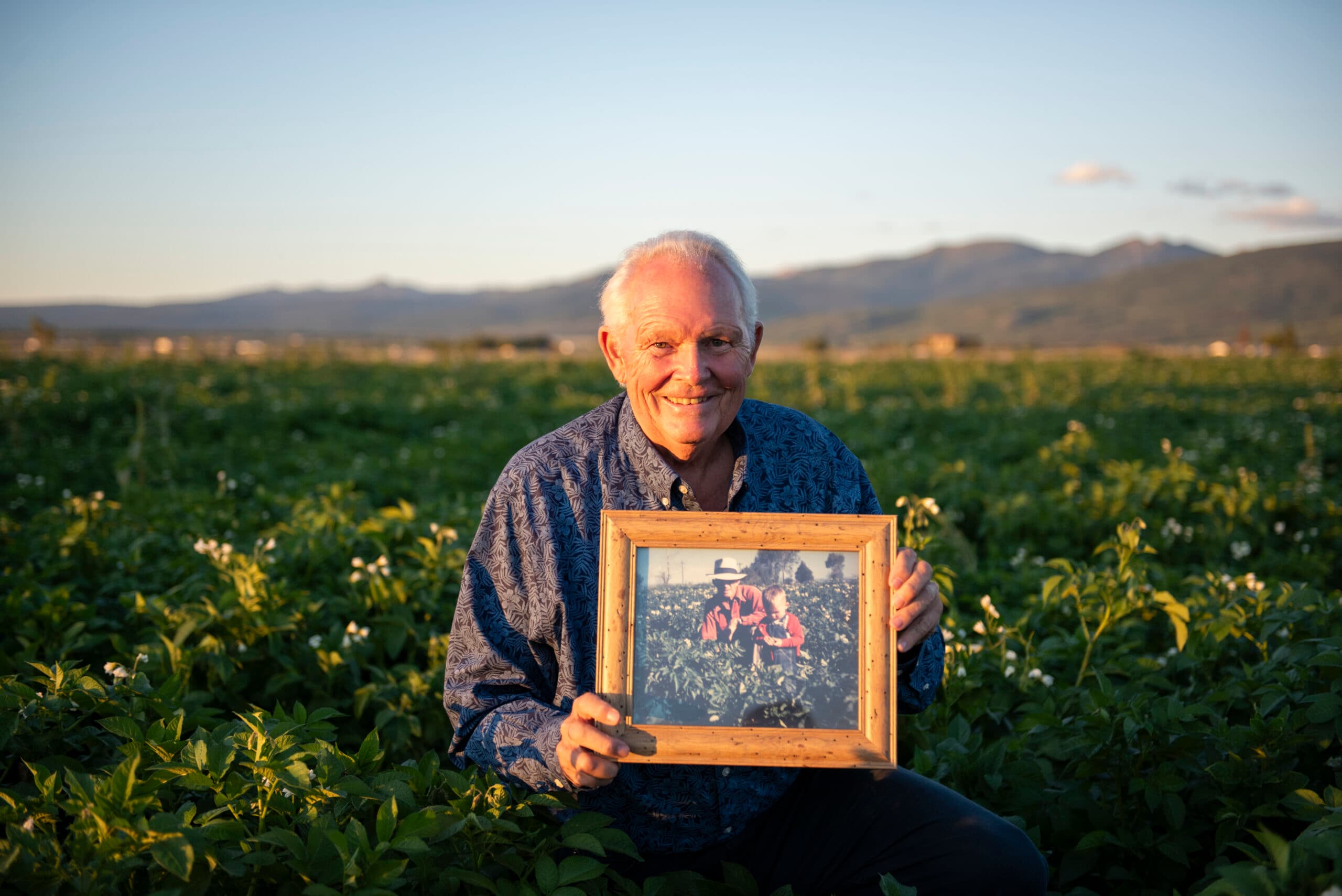
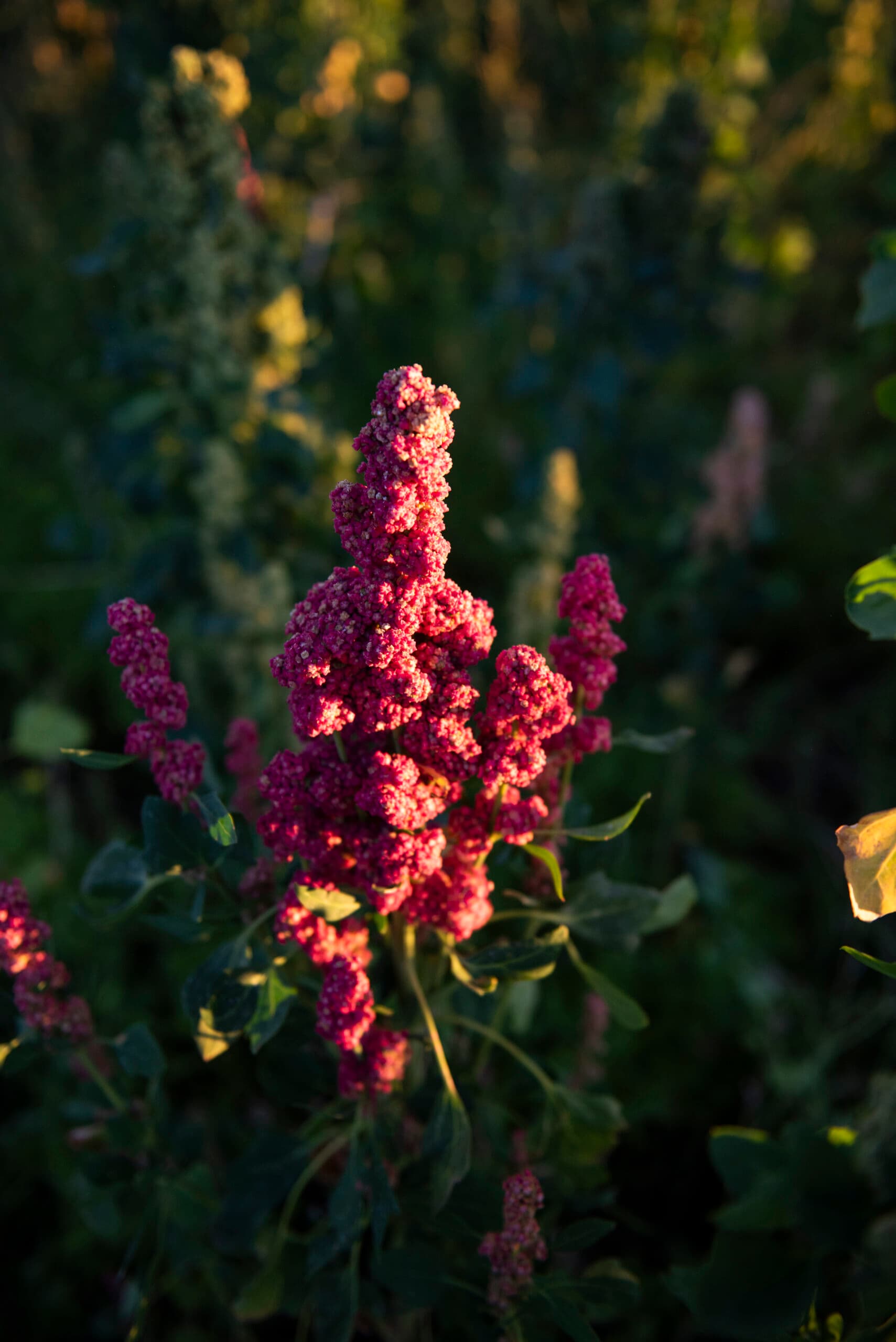
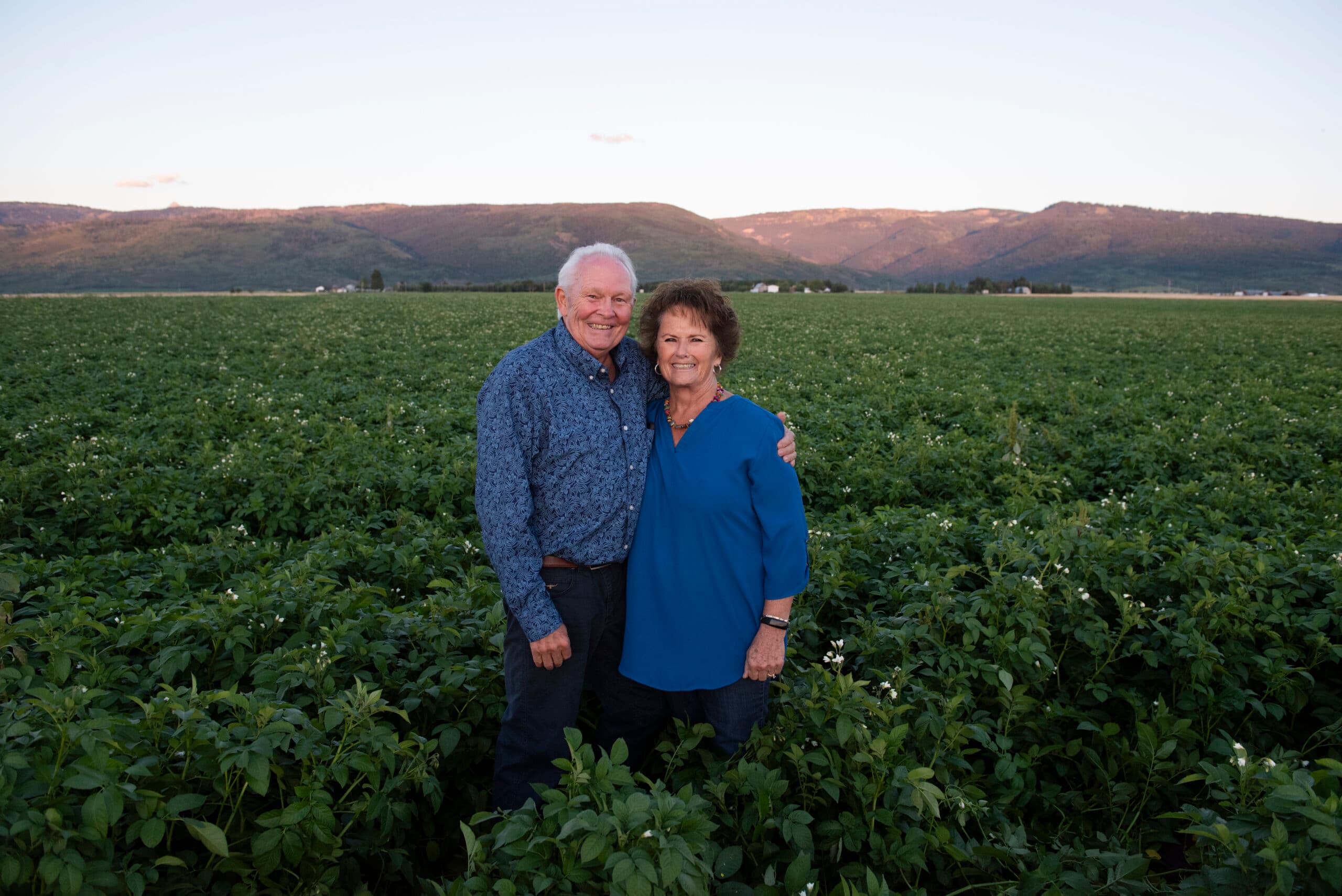
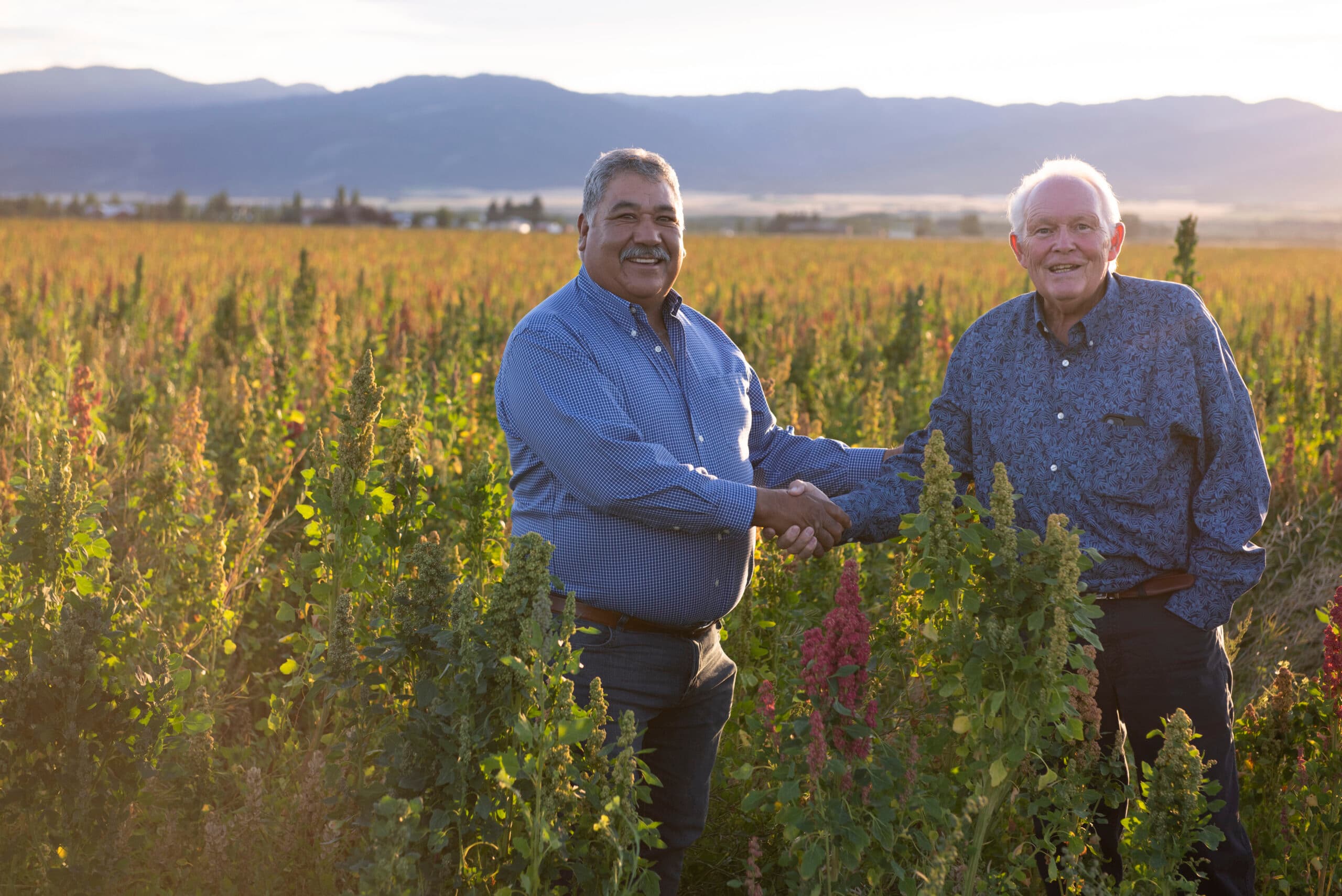
Established: 1885
Original farmers: David Breckenridge
Current farmers: David & Alene Breckenridge
Lineage: David is the great-grandson of the original David Breckenridge.
“Breckenridge Ranch has very diverse and unique qualities. It has the Teton River running through it, birds that live in uplands and wetlands, and some big-game animals. The location is unique because in drought years, we have the river bottoms that stay green for cattle pastures, and the upper land produces grass hay with sub-irrigation.
“Ranching is a way of life that we enjoy and it was a great place to raise kids. This ranch has a history of milk cows, sheep, horses, crops, and beef cattle. Because of the nature of the soil, the most profitable venture was grass hay and beef cattle,” says David and Alene.
David has many friends who ask him why he works so hard when he could sell the land and live a pretty easy life. David’s answer? “The land is part of our family.”
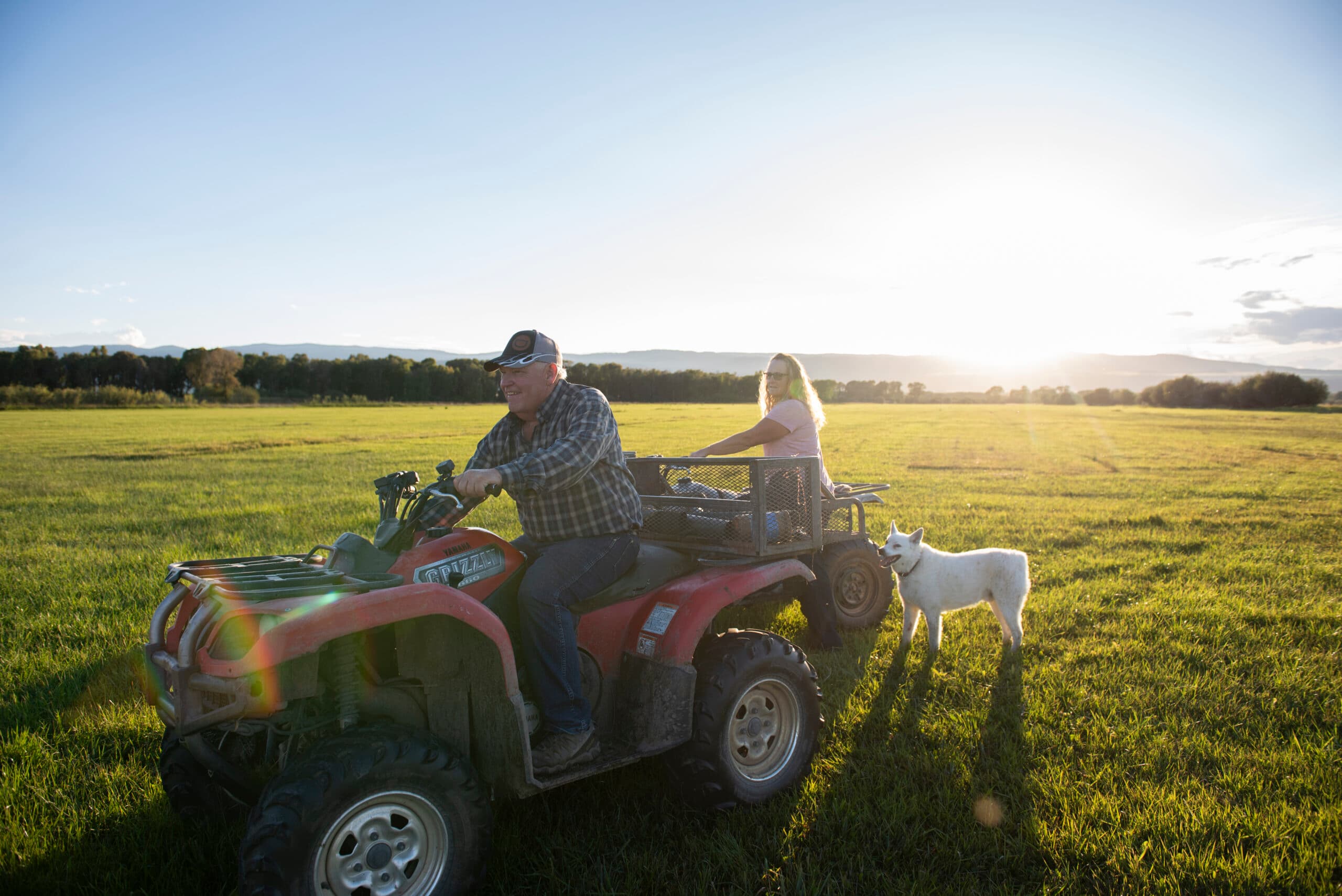
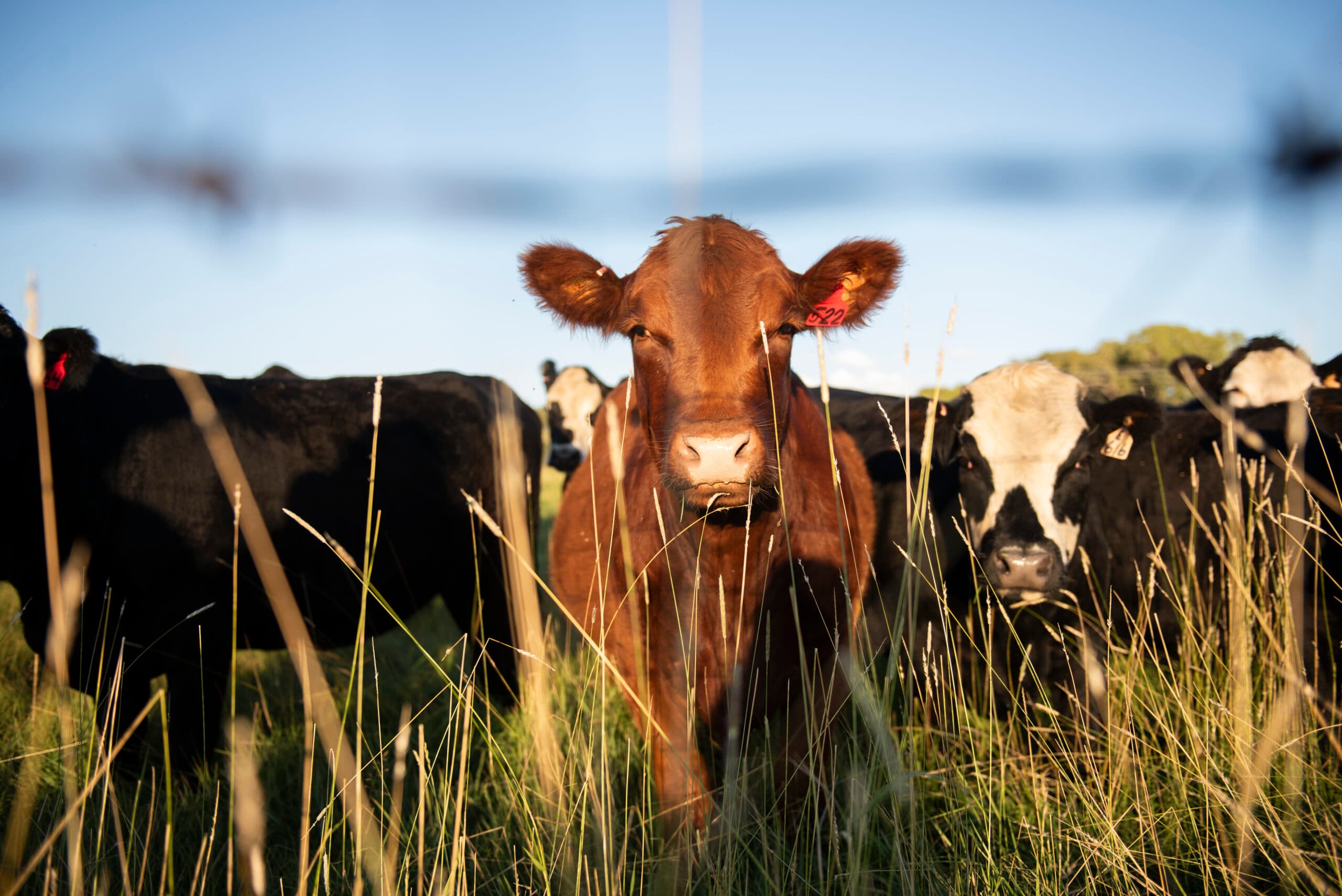
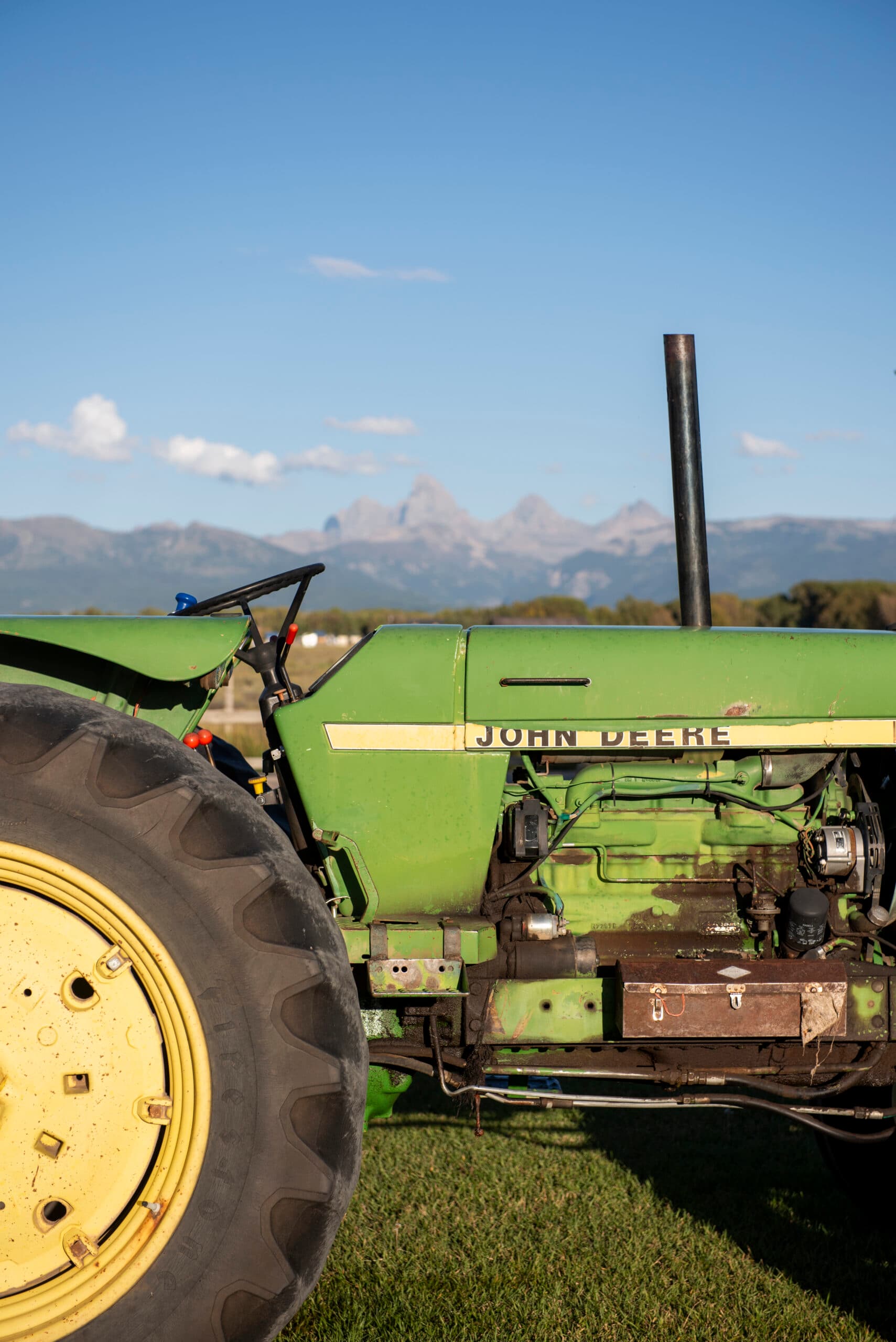
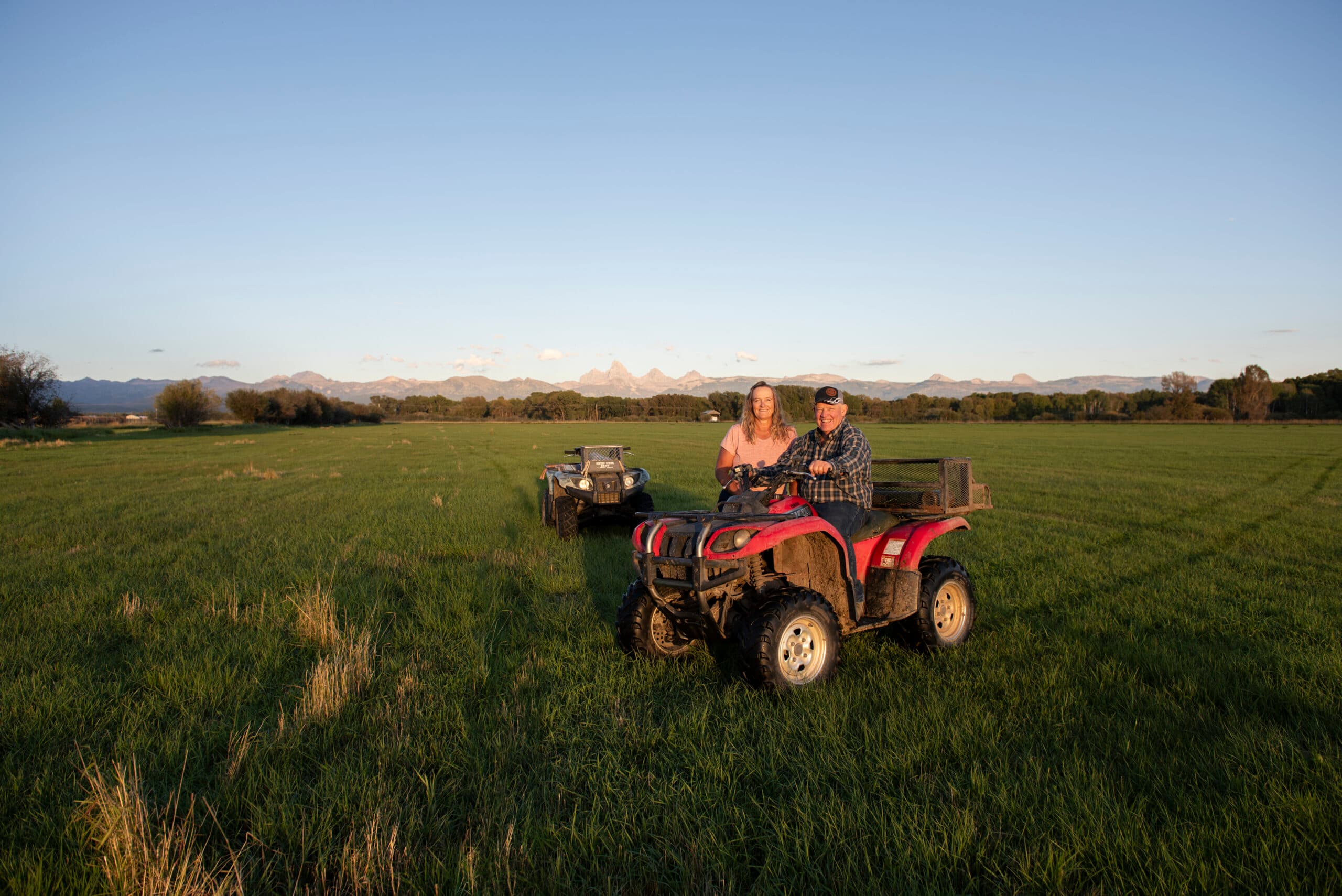
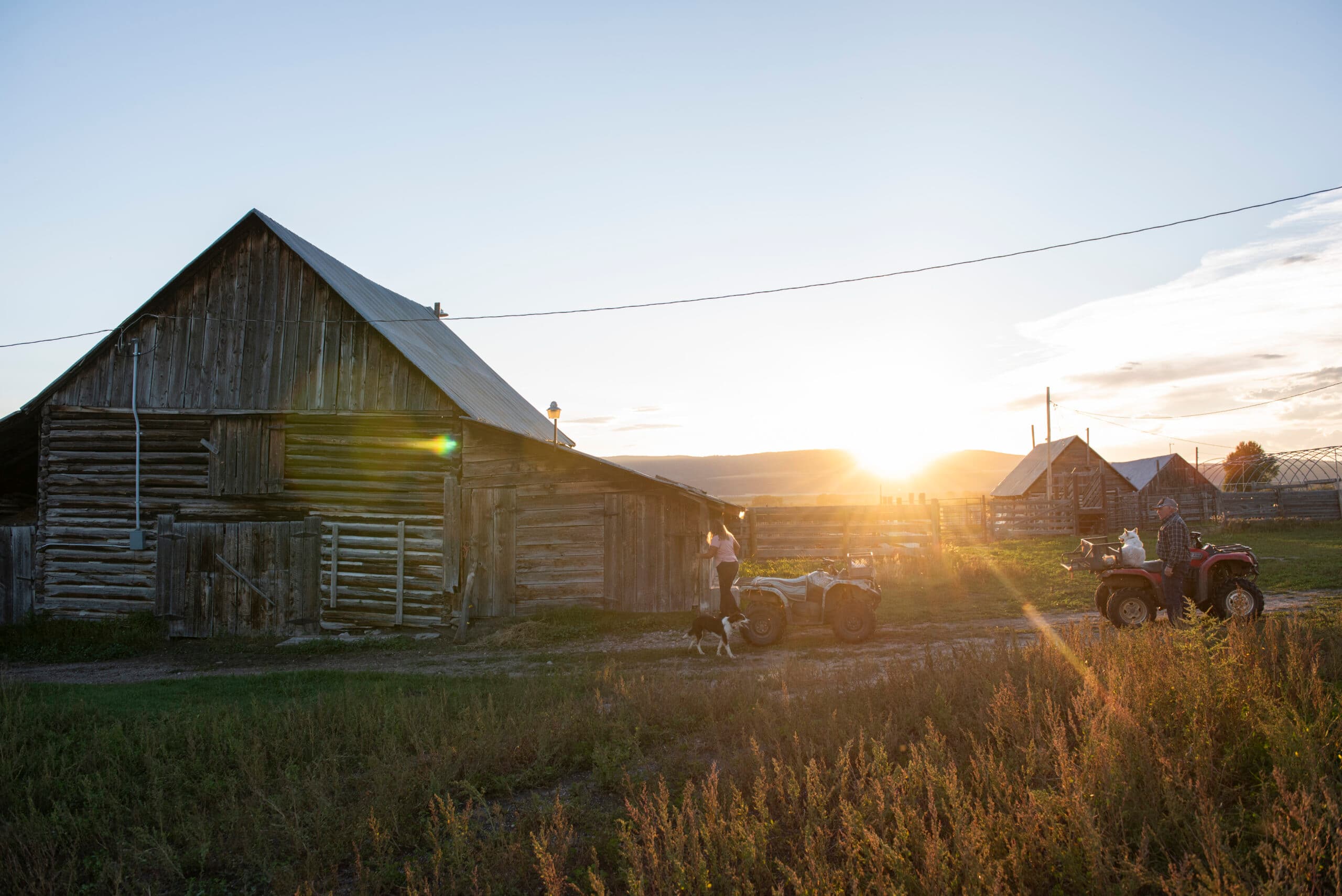
Established: 1918
Original ranchers: Canute Mickelsen
Current ranchers: Ted & Shana Mickelsen
Lineage: Ted is the great-nephew of Canute Mickelsen.
“In the early 1900s, my grandpa Theodore Mickelsen and his brothers came to Teton Valley, Canute being one of them. My grandpa homesteaded 160 acres on the Teton River and Canute purchased a number of acres from John Moffatt, my 40 acres being part of that purchase,” Ted says.
“[To adapt to the changing world] Shana and I both worked jobs to supplement our income and keep operating our property.
“What makes this land special is the views of the Tetons and its very productive soil.”
